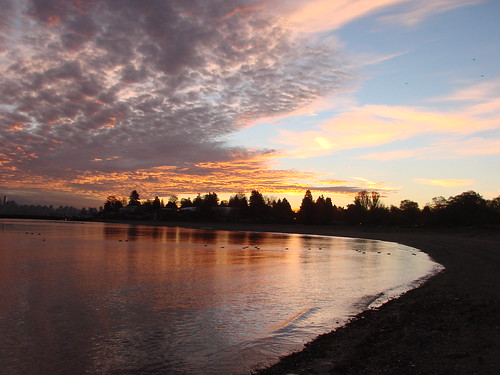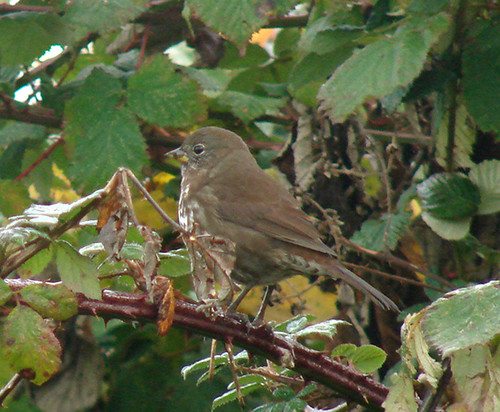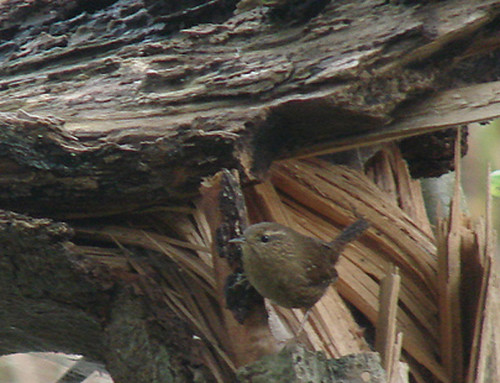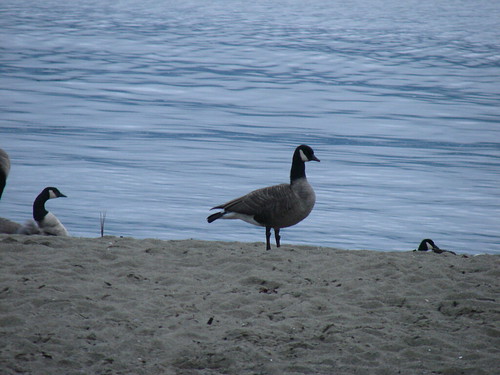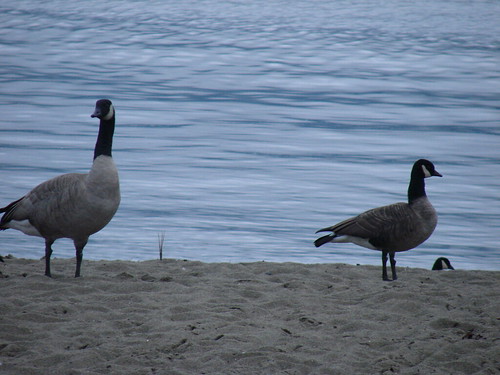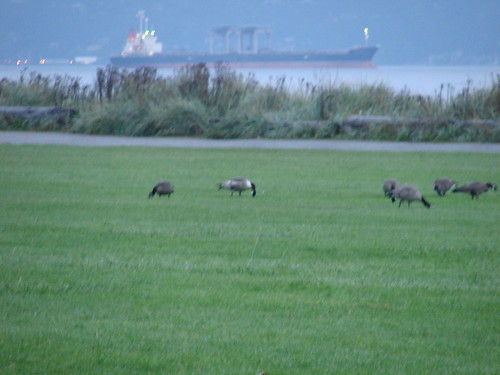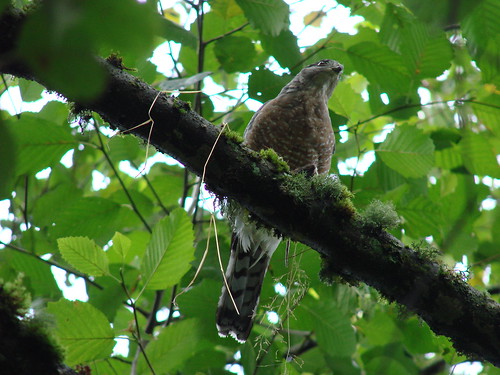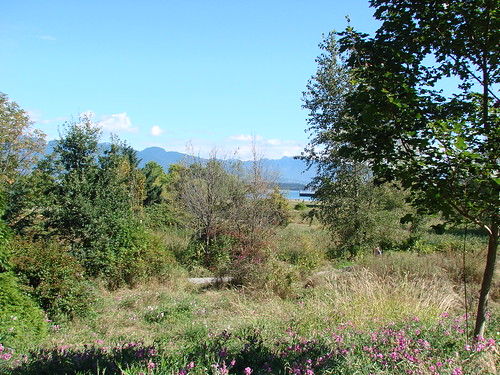There’s never a bad time to look closely at American Wigeon, but this time of year is especially rewarding, with Eurasian Wigeon a real possibility pretty much anywhere in North America. I didn’t find any today at Reifel Refuge, but I did run across this fine-looking “pied” male American.
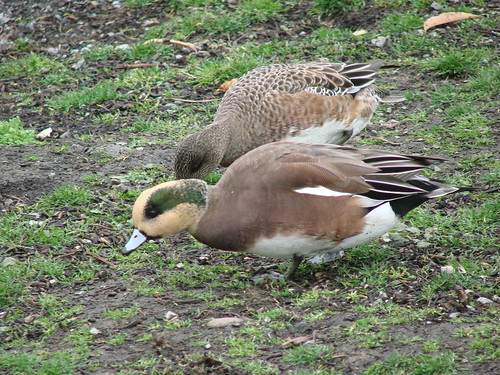
Birds like this–where the ground color of the head is a nearly unmarked white or rich cream–are rarish, but they’re known throughout western North America. Surprisingly, there remains very little written about this variant. Who wants to take on the challenge and produce a little paper about “pied” wigeon?



